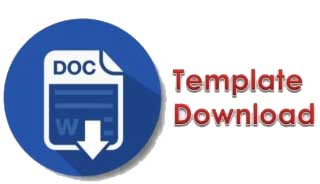INTEGRATION OF APPLICATION LAYER SERVICES WITH CENTRAL AUTHENTICATION SERVER IN EXAMPLE OF HTTP AND FTP RESTRICTION
Abstract
Nowadays it is very important to have an authenticated and secure network. hackers are always one step further and try to steal credentials or doing malicious actions. Many organizations implement strong authentication systems for taking drastic security measures to prevent threats and vulnerabilities. This paper describes integration of application layer services with central authentication server called Lightweight Directory Access Protocol(LDAP), it covers detailed mechanism to control and restrict any software application or network services which may implement and require central authentication protocols including web (eg: HTTP protocol) and file transfer protocol (eg: FTP protocol). This will enable authenticated web and ftp webpage for reliability and security. The authentication services also provide Ubuntu client domain join and network authentication to enable integrity and authentication across the network. This paper is conducted through deep library research and practical implementation of the services.
The goal of this paper is to introduce a unified secure centralized authentication system to authenticate and grant the authorized users to have access to the restricted Kerberized services in a period of time which is granted. It provides more trust, secure environment, but less traffic and others` interference



 In English
In English

